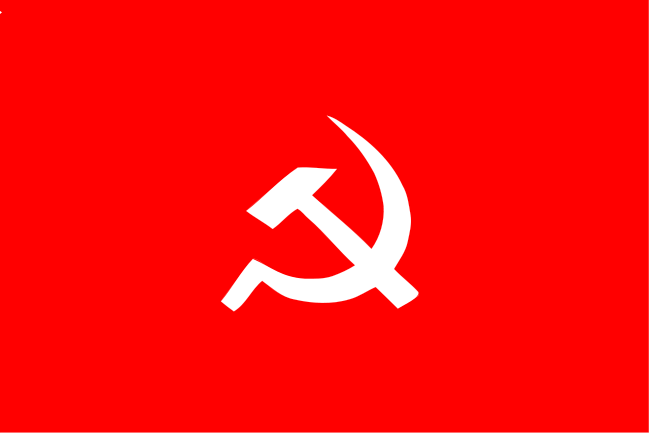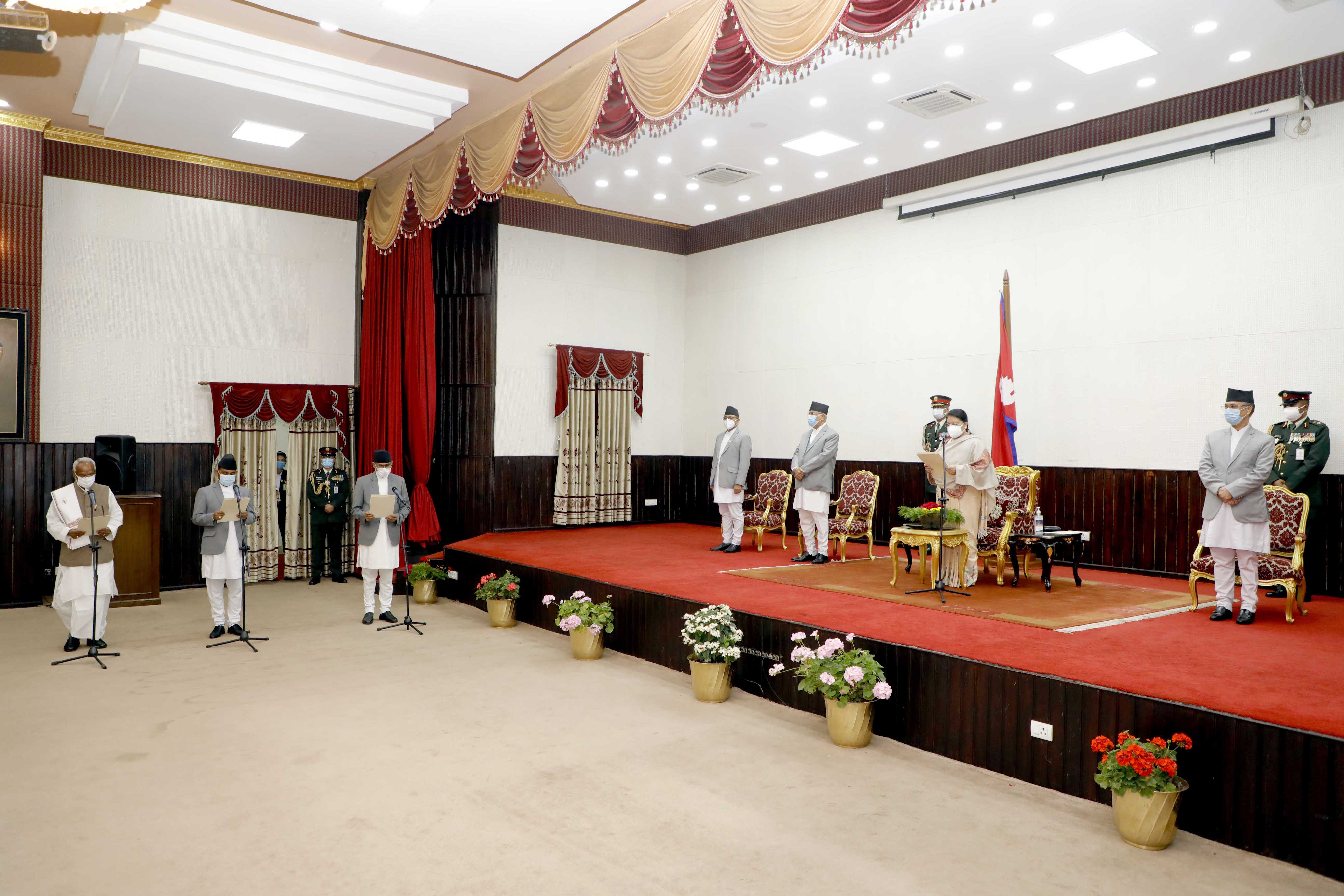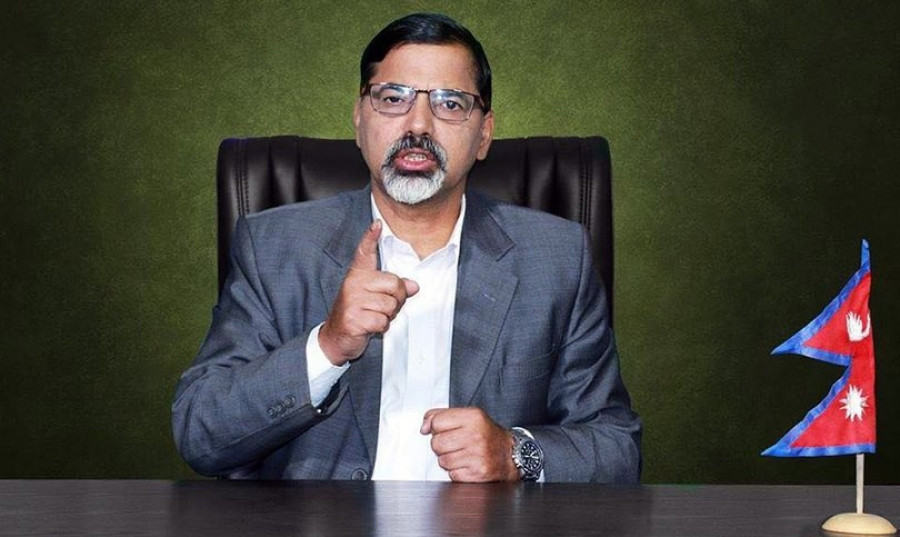January
Amid the political chaos that ensured following Prime Minister KP Oli’s decision to dissolve the federal lower house at the end of 2020, four former chief justices—Min Bahadur Rayamajhi, Anup Raj Sharma, Kalyan Shrestha, and Sushila Karki—release a statement on January 8 terming the dissolution unconstitutional. The unprecedented statement by ex-chief justices on a political issue draws mixed reaction.
February
On February 23, the Supreme Court overturns Prime Minister Oli’s Dec 20 house dissolution, calling it unconstitutional, and orders the government to summon the house within the next 13 days.
March

The Supreme Court on March 7, the day the meeting of the restored House is scheduled, revives the CPN-UML and the Communist Party of Nepal (Maoist Center), invalidating the Nepal Communist Party (NCP), the outcome of the two parties’ May 2018 merger.
April
Then main opposition Nepali Congress initiates moves to topple Prime Minister Oli and form an alternative government under its leadership with the support of the CPN-Maoist Center and other parties. The party Central Committee on April 3 decides to form a new government under its leadership.
May
President Bidya Devi Bhandari dissolves the House of Representatives as per Article 76 (7) yet again and declares two-phase elections—November 12 and November 19—on the recommendation of the Council of Ministers. This happens after Prime Minister Oli fails to get a vote of confidence in parliament on May 10.
June

PM Oli expands and reshuffles the cabinet, which now has 14 members from CPN (UML) and 11 from Mahantha Thakur faction of JSPN. The Supreme Court issues an interim order, annulling the cabinet expansion. The order relieves 20 ministers of their positions, with the cabinet now composed of only four ministers.
July
The Supreme Court on July 12 overturns Prime Minister Oli’s May 21 house dissolution and orders the appointment of Sher Bahadur Deuba, Nepali Congress president, as prime minister. The five-member constitutional bench led by Chief Justice Cholendra Shumsher Rana says Oli’s claim to the post of prime minister as per Article 76 (5) is unconstitutional. The SC also orders the government to reconvene the house by July 18.
August
Kul Prasad KC is appointed the chief minister of Lumbini on August 12. On August 18, Ashta Laxmi Shakya is appointed the CM of Bagmati province; there is a fissure in CPN-UML, the largest party in parliament, with the formation of the breakaway CPN (Unified Socialist) under former Prime Minister Madhav Kumar Nepal; and the JSPN splits to form LSP led by Mahantha Thakur. The outcome is that there are now six national parties.
September

The Sher Bahadur Deuba government replaces the KP Oli government’s budget ordinance with a fresh bill on September 10. Finance Minister Janardan Sharma presents a budget of Rs 1.632 trillion, reducing the size by Rs 16.74 billion.
October
Prime Minister Sher Bahadur Deuba leaves for London, UK for the COP26 summit, on October 29. Nepal Bar Association and SC justices protest, seeking the resignation of CJ Cholendra Shamsher JBR following rumors of his involvement in cabinet expansion.
November
CPN-UML convenes its 10th general convention and re-elects KP Sharma Oli as party chairman, who handsomely defeats Bhim Rawal, his nearest rival for the post.
December
Nepali Congress holds its 14th general convention. Prime Minister and incumbent party president Sher Bahadur Deuba is re-elected party president. Rastriya Prajatantra Party holds its general convention where Rajendra Lingden beats Kamal Thapa for the party’s top post.











